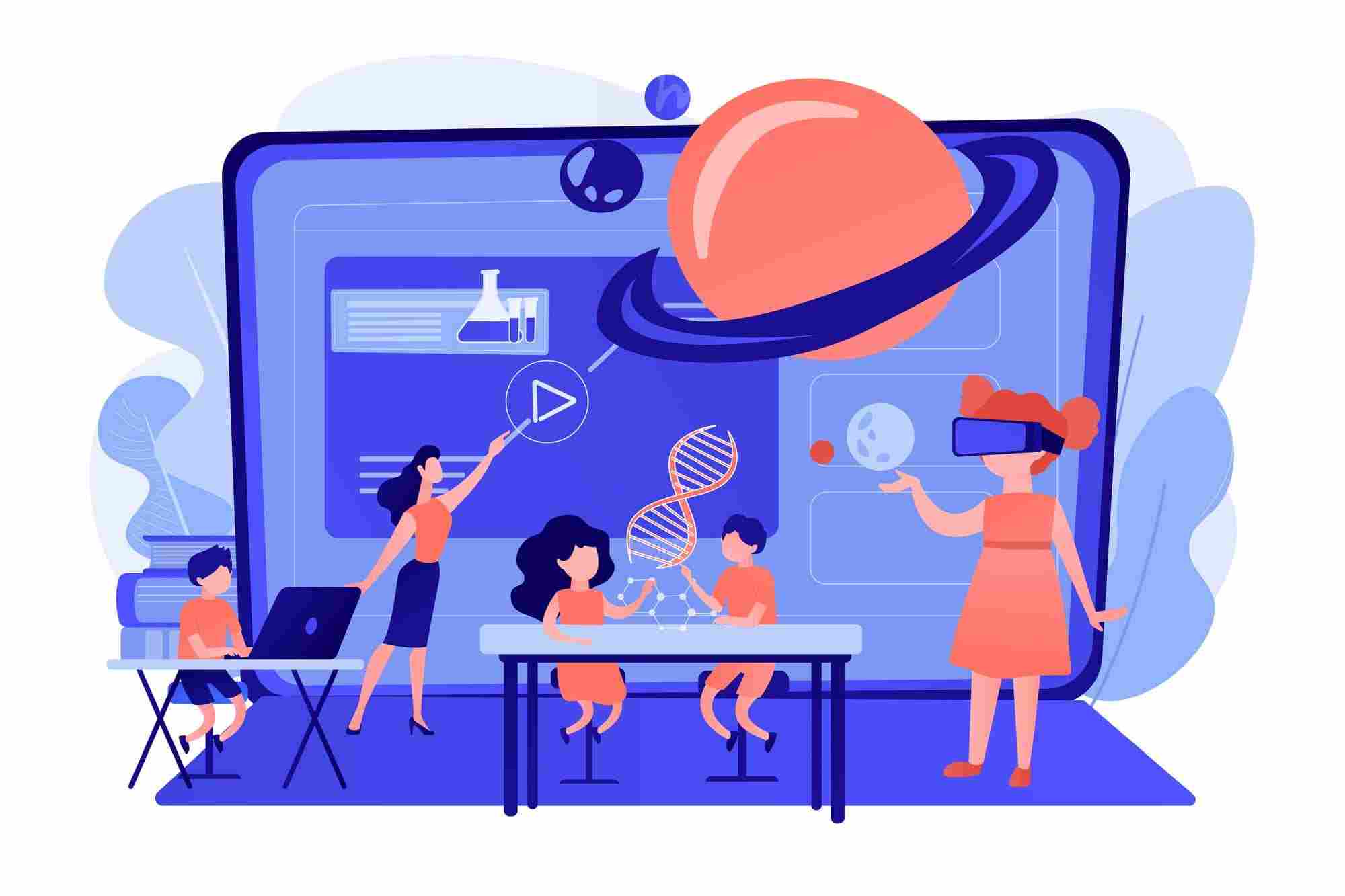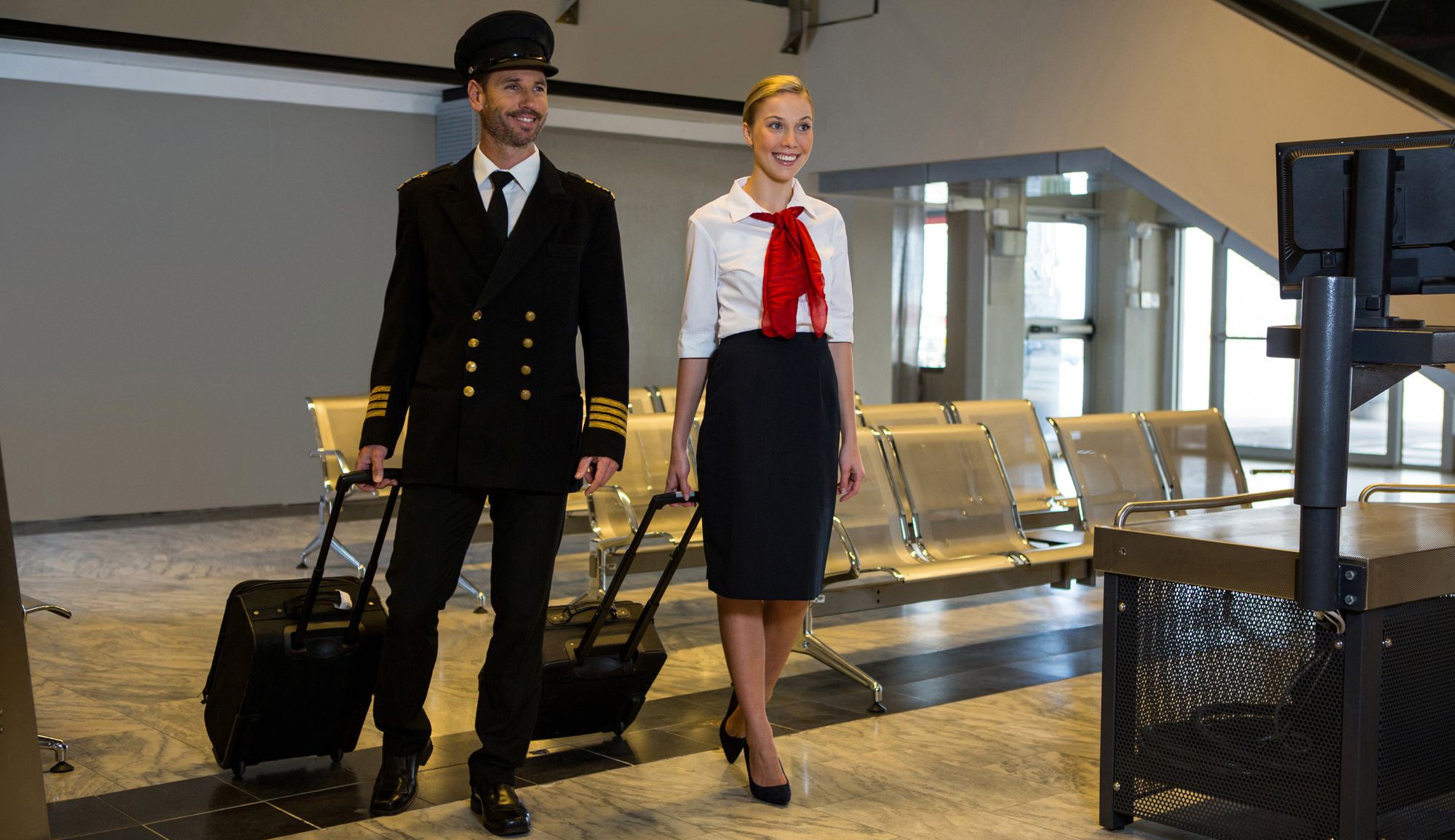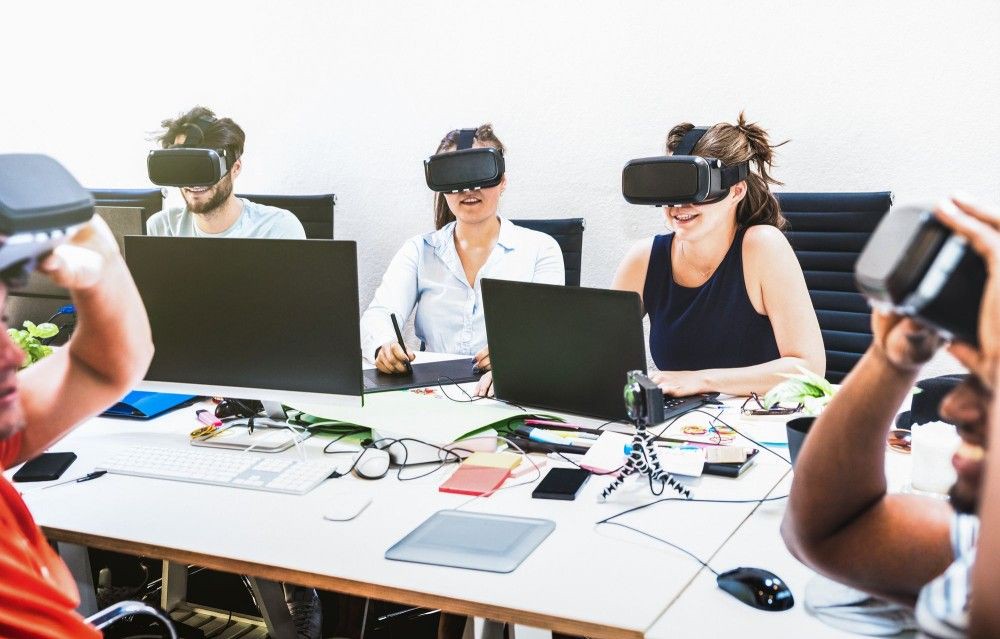There is no gainsaying the likelihood of XR (Extended Reality) to disrupt how we live and work in the nearest future. The pandemic that held the world by the jugular last year is a pointer to this reality.
Our lives have got smarter already, owing to the rapid technological advancements in the last decade. With the advent of VR (Virtual Reality), AR (Augmented Reality), and Mixed Reality (MR), all of which are collectively known as XR, we are set to do things even more smartly. To know more about what is XR, click here. One of the areas where XR will prove invaluable is the workplace, particularly through the employee life cycle.

Employee Lifecycle Stages
The employee life cycle encompasses seven stages including brand attraction, recruitment, on-boarding, development, retention, exit or off-boarding, and advocacy. It is essential for business owners to develop an employee life cycle strategy because one of the goals of every organization is to get the best hands and retain them. While there are several traditional HR perspectives on employee life cycle strategy, the idea of integrating XR into the process is quite fresh. The example of GMetri is worthy of mention. The company offers practical XR programmes for Human resources development. This piece shows just how XR reflects across the employee cycle.
Integrating XR in Employee Lifecycle Stages
BRAND ATTRACTION
The attraction phase of the cycle is one that employers endeavor not to ignore. Before people get to work in an organization, they already have certain perceptions of it. It is the brand that creates the allure for them to desire having a career in an organization. XR can be used to boost people’s awareness of the organization. Potential employees of this generation are excited about virtual reality already. By exposing its brands through XR technologies, an organization puts itself in a vantage position to register a huge impression on diverse people who might be willing to apply for vacant positions. GMetri can help to drive public relations and advertisement of every organization through its XR solutions.
RECRUITMENT
Human resources managers are generally careful at this stage because of the possibility of making a wrong hire. GMetri can integrate its XR solutions with the normal traditional recruitment process in order to get favorable outcomes. Specifically, immersive simulations can be deployed to tests applicants’ cognitive abilities and the suitability of their personalities for the available positions. To eliminate human prejudice and favoritism, VR can be used to conduct interviews as well. This will involve an applicant’s avatar in an interview with a virtual interviewer.

ON-BOARDING
At the on-boarding stage, XR (especially virtual reality) can be used to create virtual first-time experiences for the employee. This would allow him to learn about the organization’s culture as well as live the work environment. The implication is that new employees will get settled a lot more easily, possibly saving the organization significant cost and time in the on-boarding process. For instance, interactive virtual reality can be used to facilitate the introduction of new employees to the facilities within which they will be working. Assuming a job is one that allows for remote working, virtual reality can help to create an office-like environment.
DEVELOPMENT
Owing to the experiential learning they offer, XR technologies are pretty awesome for the development phase of the employee cycle. Through XR, employees can enter virtual worlds or simulated work situations that can facilitate the acquisition of skills. This makes training processes faster while also saving employers a lot of money that can be put to other use. Multiple researches also show that less time is consumed while training with XR than through the orthodox methods. GMetri is particularly adept at training employees through different and sometimes specialized XR solutions.
RETENTION
If employees align with the organization’s culture, it is likely that they spend a long time working for the organization. More importantly, an organization that is technology-driven and cool with innovations will have a high retention of its staffers, particularly millennials. Now, imagine if certain aspects of the organization accommodate virtual reality and augmented reality, many of its workers would tell you that they do not just work to justify their pay. They also have fun while doing it. The chances of any of these employees leaving would be very slim.
EXIT OR OFF-BOARDING
Employers of labour know that employees come and go no matter how hard they try to retain them. But, the smart ones always attempt to let go of their departing employees on a good note. As such, they could give the exiting employees thank you letter or organize an exit interview. The same process XR solutions used during recruitment can be applied here. Deploying virtual reality (VR) for the interview will go a long way in putting the organization in a good light. GMetri can help in this regard.
ADVOCACY
This phase is often easily ignored but remains significant like the rest of the cycle. Organizations prefer to have happy leavers than the opposite because these employees could remain brand ambassadors. An organization that uses XR significantly will leave former employees with no other choice than to become brand ambassadors. For instance, if an employee left an organization through a virtual reality interview, chances are that he or she would speak well of the organization. This could sell the organization to other potential employees.
You can read more about VR on the Virtual Reality Blog. GMetri XR Platform, metaverse company has helped multiple leading companies enhance their employee lifecycle stages.









